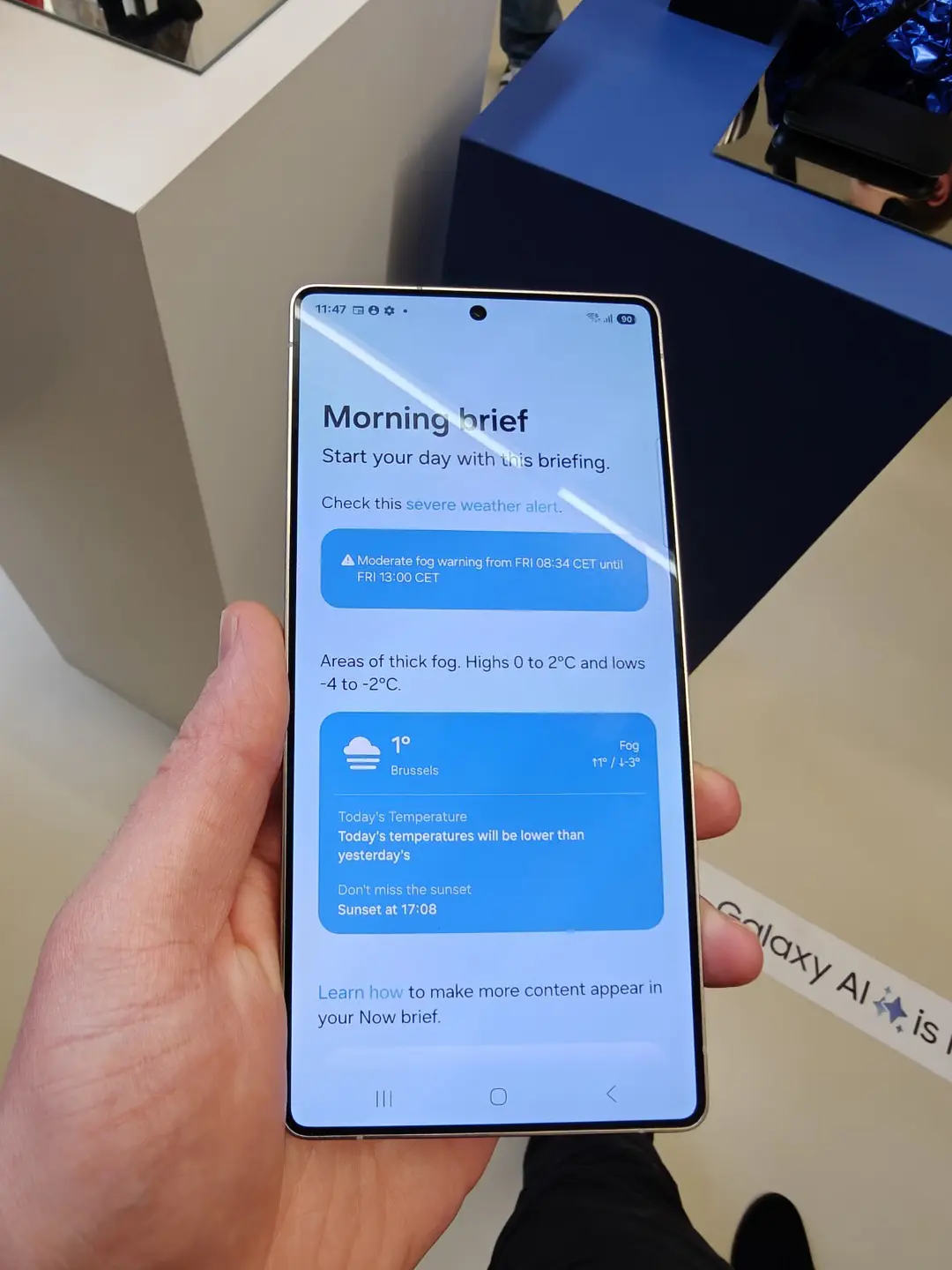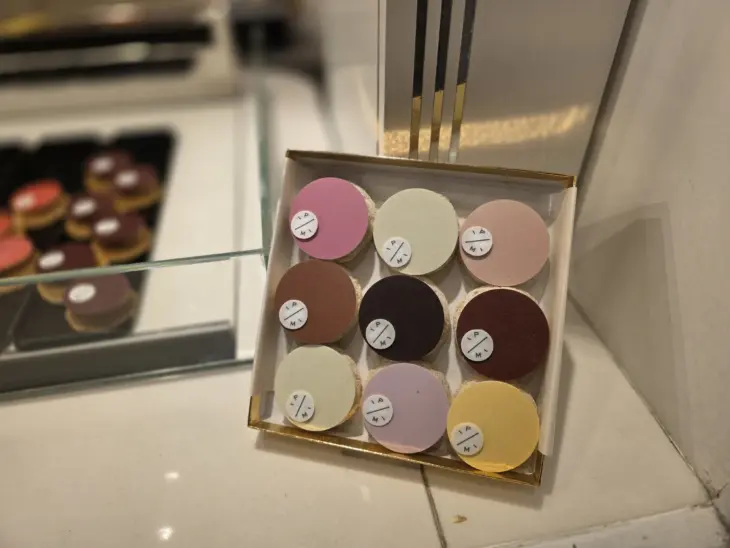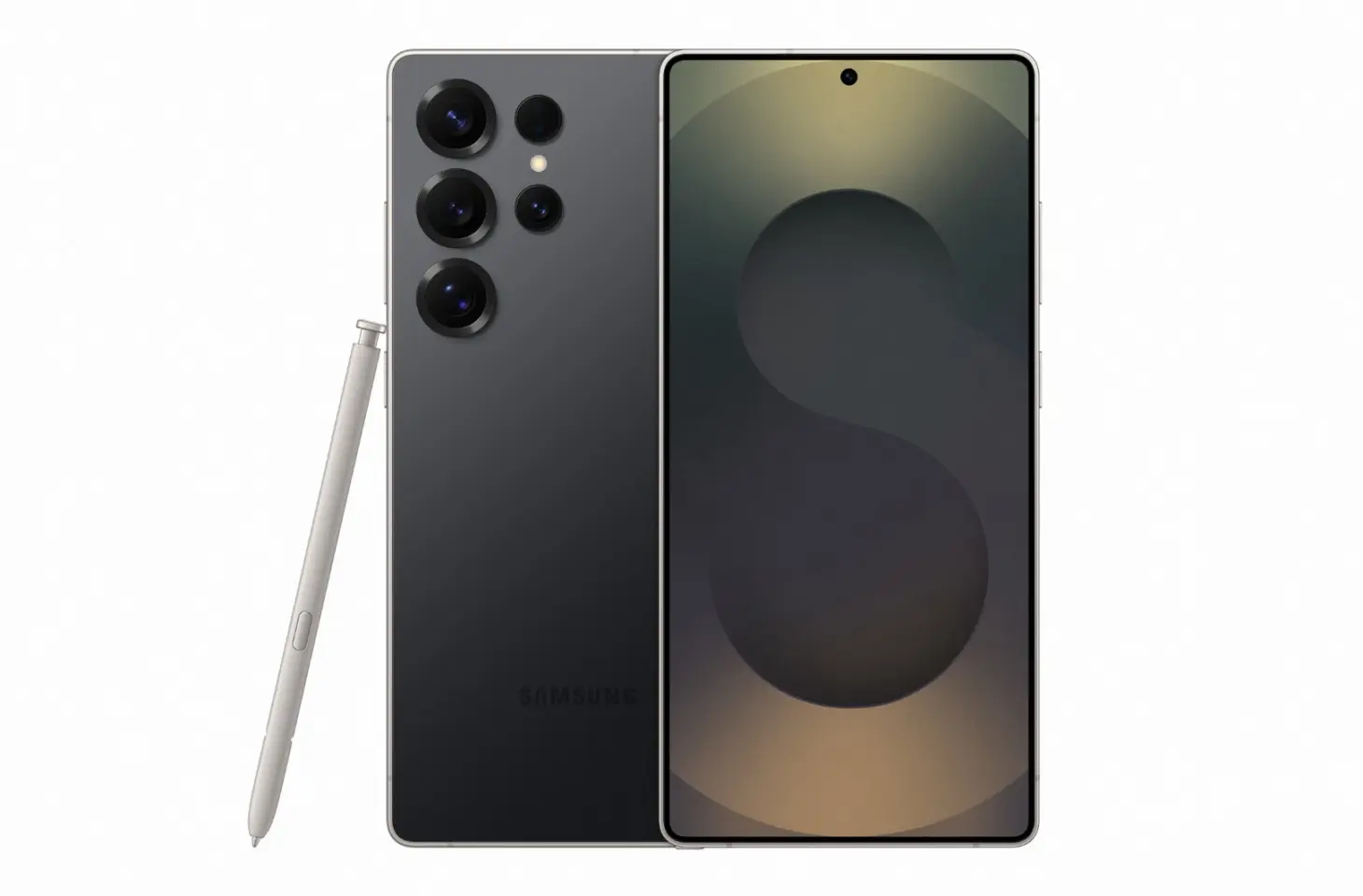Rounded corners and more AI: at first glance, there’s not much new about the Samsung Galaxy S25 Ultra. Will Samsung remain at the top of the Android chain?
The Samsung Galaxy S Ultra devices have earned a reputation over the past few years. In every list of best Android phones, the latest version invariably appears at the top, if budget is not a factor. Just by the word “Ultra” in the name, Samsung appropriates a sense of superiority over “the rest.
Samsung has to reach out every year to justify that self-proclaimed Ultra status. The new Galaxy S25 Ultra seems to be surprisingly playing it safe. Don’t expect a revolution in hardware this year, as Samsung pulls full card on AI.
Rounded corners
Unlike the S25, the S25 Ultra is not an exact copy of its predecessor. The sharp corners have been rounded off this year. The angular design was intended as an homage to the former Note series, but now the S25 Ultra looks more like a large version of its little brother. Only the presence of the stylus is still reminiscent of the Note. The phone is also 15 percent thinner, which makes the cameras stick out just a bit more and makes the phone wobble when lying flat on the table.

By making the phone a little thinner, the display grows by 0.1 inches to 6.9 inches without changing the size of the device. More screen does not mean more pixels, as the resolution is maintained at a high 1,440 x 3,120 pixels. Only those with very pixel-sensitive eyes will notice that the pixel density drops slightly to 498 ppi as a result.
The S24 Ultra’s display was already excellent so there was little here that Samsung needed to change. The brightness is even a tad higher with peaks of up to 1,300 nits. You can have this, like the refresh rate, dynamically scaled by the algorithms in your device to give the battery a rest from time to time. You only rarely need to turn on the maximum values.
Big powerhouse
The Ultra model guarantees powerful performance every year. With a new model comes a processor refresh. Interestingly, Samsung is leaving its own Exynos chips in the stable this year and signing up all-in on the Qualcomm Snapdragon 8 Elite, both for the S25, S25 Plus and S25 Ultra.
The numbers prove Samsung right. The new Qualcomm chip is currently unsurpassed in the mobile market. In pure performance, the MediaTek Dimensity 9300+ (Oppo) and Google’s home-made Tensor chips have to beat it. The processor is even a bit more sharply tuned in the S25 Ultra than in the OnePlus 13.

The Qualcomm Snapdragon Elite chipset consists of a powerful CPU as well as a strong GPU, so you can easily run graphics-intensive workloads such as 3D games on this device. We do notice that the processor has to adjust itself more, causing a stronger dip in peak performance than we see on the OnePlus 13. An added bonus of the Qualcomm chip is the built-in NPU to support AI applications.

Focusing less on pure computing power but on simulating concrete applications, the S25 Ultra remains the big outlier, but the difference with competing devices is less pronounced. This makes sense, because in the highest price range, every device is performant. By the way, the little S25 scores at least as well as the Ultra on all the benchmarks run. So for more computing power, you don’t have to choose the larger model.

An extra touch of AI
The processor is not the most important innovation for Samsung: it is in the software. OneUI 6 will be replaced by OneUI 7 (Android 15) and introduce more AI features. Last year, Samsung introduced Galaxy AI on the S24 phones and the manufacturer is building out the ecosystem. Some features come from Google, Gemini is becoming more and more present on your phone, but others are Samsung’s own creation.
By no means are all the AI bells and whistles new, but we see that features introduced last year are now working better. Features such as Live Translation are available in more languages, including Dutch. AI image editing has a less visible impact, when you remove objects you no longer see blurred spots on your photos. This is a use case where the stylus proves itself useful, but even with AI, the pen remains of little existence.
A new feature that Samsung itself thinks highly of is Now Brief. This gives you a daily overview every morning or evening with, for example, the weather and calendar appointments. Through the settings, you can specify which apps Now Brief can retrieve data from. For now, Now Brief is limited to Samsung applications and a handful of external applications such as YouTube. As more applications integrate with Now Brief, this feature will become more useful.

The deeper integration between Samsung’s and Google’s AI means you can also have them play together and perform actions across multiple applications. For example, loyal soccer fans can use Google to look up their favorite club’s calendar and put it in their Samsung calendar, to outline just one of the many possibilities. There is still some polishing to be done here and there, but AI features are quietly evolving from fun to useful.
Samsung seems to want to keep these new AI features exclusive to the new generation. According to Samsung, Now Brief requires a sufficiently powerful NPU. As a result, older models, including the S24, may fall by the wayside.
Cameras: zoom remains magical
Don’t expect any major upgrades in the camera island. The S25 Ultra features quasi-identical cameras as its predecessor: the 200 MP sensor (f/1.7) that makes up the main camera is flanked, like last year, by a dual zoom camera: a 10 MP telephoto lens (f/2.4, 3x optical zoom) and a 50 MP periscope lens (f/3.4, 5x optical zoom). Only the wide-angle lens gets a pixel upgrade from 12 MP to 50 MP (f/1.9) this year.
Like last year, the main camera produces razor-sharp images, but you won’t see much difference between a picture taken with the S24 Ultra and one with the S25 Ultra. The wide-angle camera gets a welcome injection of quality: Samsung seems to realize for its flagship model that it should not neglect any lens, although image stabilization is missing from this camera. In many cases, you will still use the main camera, in part because it already allows a wide viewing angle. Macro effects is one of the few types of photos where the S25 Ultra does not overwhelm.


















Last year, the periscope lens stole the show and the same is true this year. A periscope camera is constructed differently from a traditional camera lens. While zooming in, light is bent along the sides to the lens with the help of prisms. This gives you a higher focal length without the lens having to “stretch,” with the advantage that details are better preserved and your camera also “shakes” less when you zoom in very far on an object.
We’re used to phones with good zoom cameras by now, but the S25 Ultra continues to impress. The zoom camera sees things that you could never see so clearly with your own eyes and up to beyond 30x digital zoom there are hardly any traces of sharpness loss. Only when you turn on maximum zoom do you get very “artificial” photos. This is where the technology is still bumping up against its limits.












The S25 Ultra continues to boast one of the best camera setups, but the competition is not sitting still. The Oppo Find X8 Pro and the OnePlus 13 show themselves worthy competitors, and it will be a matter of personal taste which one you prefer. Be sure to check out the reviews of these devices to compare the cameras.
The AI features for photo editing allow you to go all out. Transform your selfies or photos of friends and family into cartoons, sketches or paintings in no time. Your AI versions sometimes look eerily similar to yourself.





Charging can be faster
Samsung, unlike OnePlus, does not opt for a larger battery, but looks to Qualcomm to boost battery life. The Snapdragon Elite chip is designed to deliver power boosts in an energy-efficient manner. In our first test, based on video playback, the S25 Ultra crowns itself the battery champion. Only in the second test does the OnePlus 13 overtake it with its larger battery. The S25 Ultra can effortlessly pull you up to a day or two if you use it sparingly.

The pain point of slow charging unfortunately remains. Samsung does not jack up the charging capacity: this remains at a modest 45 W on cable and 15 W wireless. As a result, the Ultra model charges a bit faster than the smaller S25, but remains far behind the chrono set by OnePlus and Oppo. Every year we hope for improvement, but alas.

Conclusion: is more AI more “ultra”?
The Samsung Galaxy S25 Ultra will also be among the top of the Android market this year. It should be for a device that costs $1,449. Still, this year’s upgrade feels rather modest. The processor is better, but the impact on performance and battery are less noticeable than with the S25. In terms of hardware, little has changed: is Samsung quietly bumping into its ceiling?
Samsung tries to compensate by pushing the AI button full on. We had a good time testing out those features, and Samsung is adding new features with Now Brief and deeper integration with Gemini that can also effectively add value. But should you buy the brand’s latest and most expensive phone just for that? If you are less concerned about AI, there are cheaper alternatives to be found. More AI does not make the S25 Ultra more “ultra.
Samsung Galaxy S25 Ultra – 1,499 euros incl. VAT. – 7 years of Android updates, 7 years of security updates
.pro’s
- Large and bright screen
- Qualcomm Snapdragon Elite
- Zoom camera continues to impress
- Good battery condition
- New AI features are fun, but also useful
.contra’s
- Charging can be faster
- Limited hardware upgrade compared to S24 Ultra
- High price
